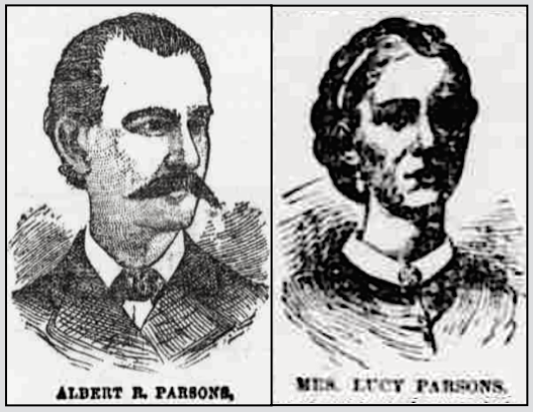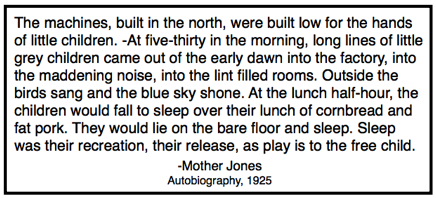 —————
—————
Hellraisers Journal – Saturday May 11, 1901
Mother Jones News Round-Up for April 1901, Part III
The Sunday School Teacher and the Little Wage Slaves
From the Illinois State Register of April 23, 1901:
Christian Zeal Off the Track.
Chicago American: When human beings make idiots of themselves the most extraordinary things are sometimes done by those who think they are doing good.
“Mother Jones,” who interests herself in working people and their condition, declares that she attended Sunday school at Birmingham, Ala., and heard a teacher address the following remarks to a class of little millhands ten or twelve years old:
“God put it in the heart of Mr. B— to build a factory so that you little children can have work and earn money, so that you can put a nickel in the box for the poor little heathen Chinese children.”
That kind of thing is apt to make the devil suffer from the effects of too violent laughter.
“Mr. B—” spoken of by the foolish Sunday school teacher is, of course, one of the most dangerous elements in civilization. He exploits child life in his money-making process. In the midst of a poor community he establishes a factory, knowing that want will induce parents, when the opportunity offers, to force their little children to work long hours in crowded rooms.
“Mr. B—” gets his money by killing just so many children a year and stunting the growth of all of them.
It would be far better for the world if, instead of building a factory and employing a thousand children, he would erect a gallows and hang five hundred. That would a least give the remaining five hundred children some kind of chance for normal development.
As long as there are persons like “Mr. B—” to build factories in which children shall be worked to death, and foolish, ignorant teachers to talk like the one quoted here, this world cannot call itself civilized.
———-
[Drawing added.]

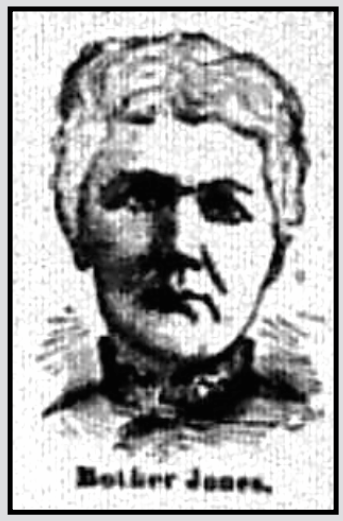
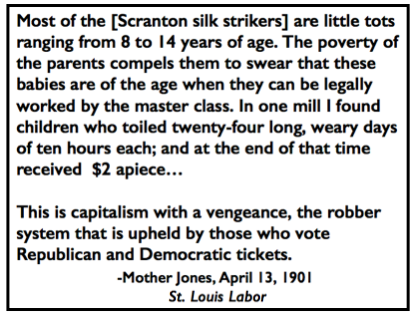 —————
—————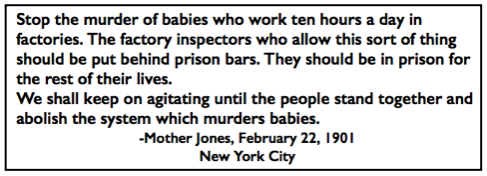 ———-
———-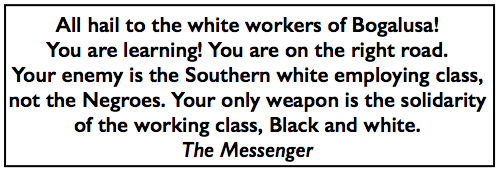 —————
—————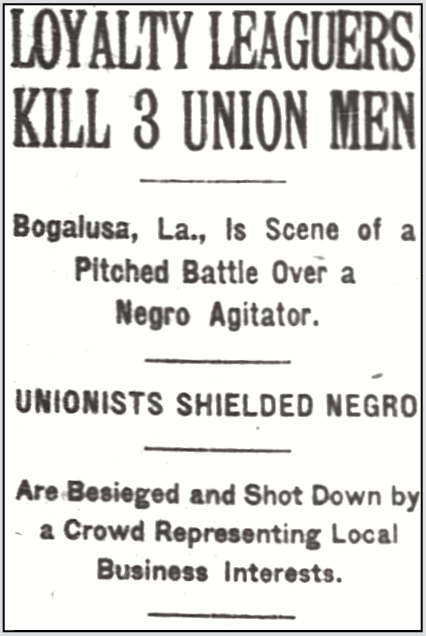
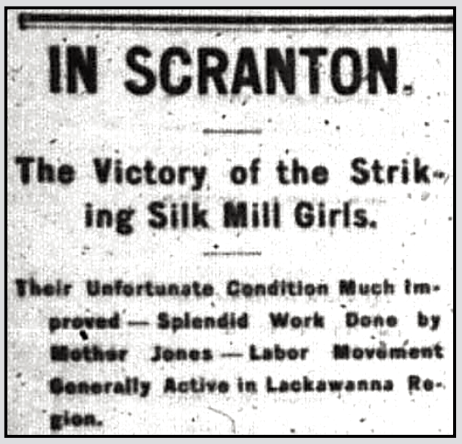
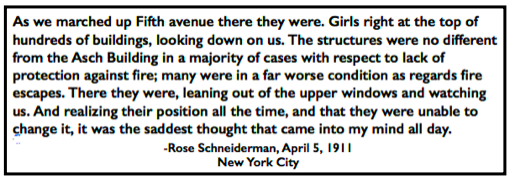 —————
—————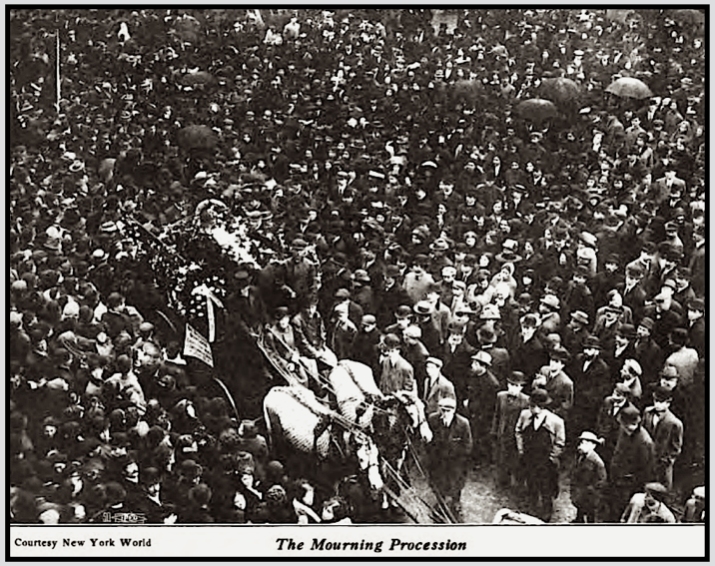
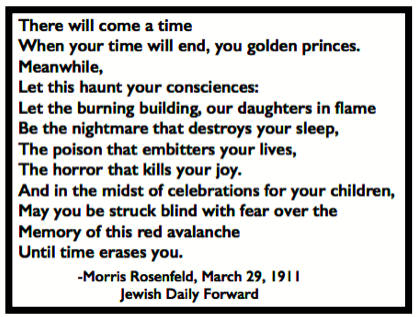 —————
—————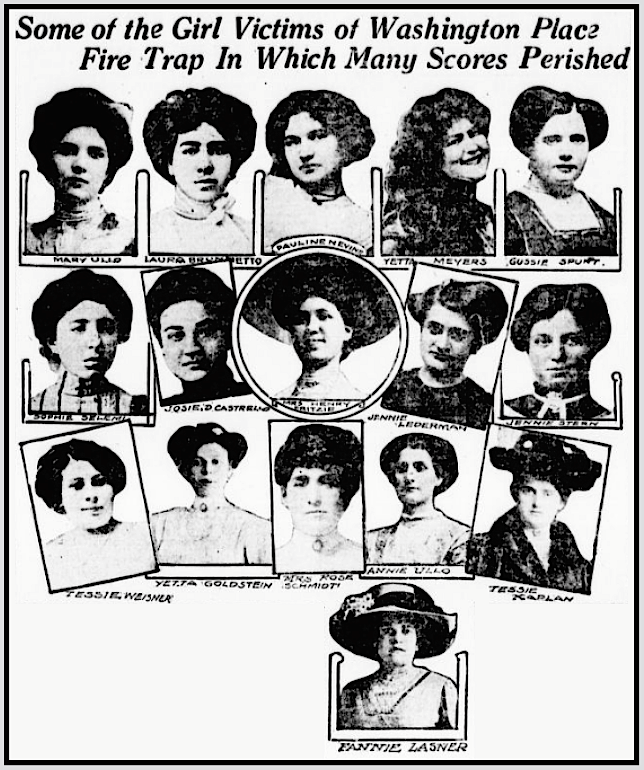
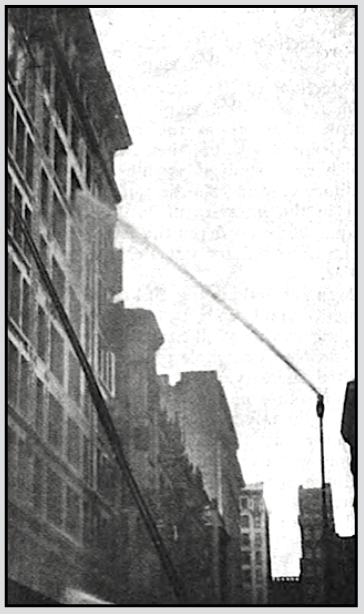
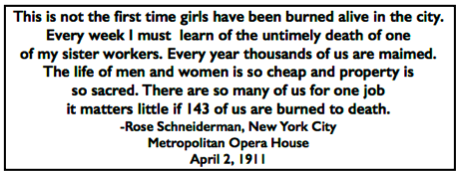 —————
————— —————
—————